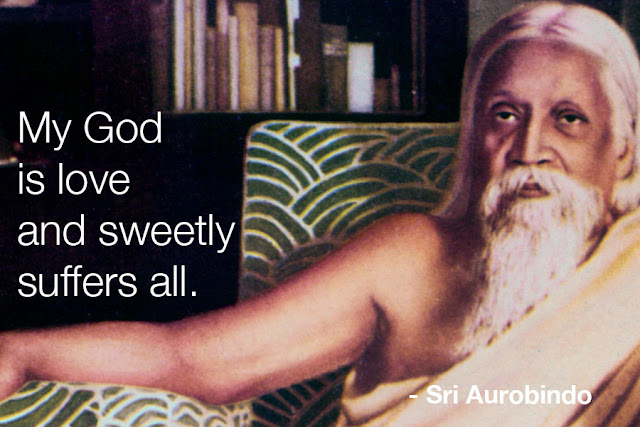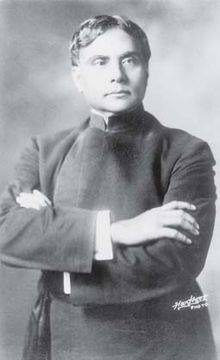The Power of Doing Nothing :
The influence of the three Gunas, the qualities of Nature, cannot be underestimated for all action that takes place in the world generally.
This includes the practice of Yoga until such time as the seeker has attained the status that is “beyond the three Gunas” (trigunatita).
It is a basic tenet of the Yoga of knowledge as practiced historically that the seeker, in order to attain the refined states that are the object of the practice, must withdraw from active life in the world as much as possible.
Sri Aurobindo observes that there is a natural tendency, when adopting the poise of the Witness Self, to back off of the frenetic activity that characterizes the normal life of humanity.
At the same time, he clarifies that if this becomes an opening for the action of tamas, through indolence, lassitude, indifference and sloth, rather than an inactivity that is based on a concentrated force of light and energy through tapas, then it will not yield the desired result, and is in fact, not the recommended approach.
The true status of inaction comes about through an intensity of focused energy, not a degradation of the energy.
“The power to do nothing, which is quite different from indolence, incapacity or aversion to action and attachment to inaction, is a great power and a great mastery; the power to rest absolutely from action is as necessary for the Jnanayogin as the power to cease absolutely from thought, as the power to remain indefinitely in sheer solitude and silence and as the power of immovable calm.
Whoever is not willing to embrace these states is not yet fit for the path that leads towards the highest knowledge; whoever is unable to draw towards them, is as yet unfit for its acquisition.”
Sri Aurobindo
Sri Aurobindo Ashram Pondicherry, India.





Comments
Post a Comment